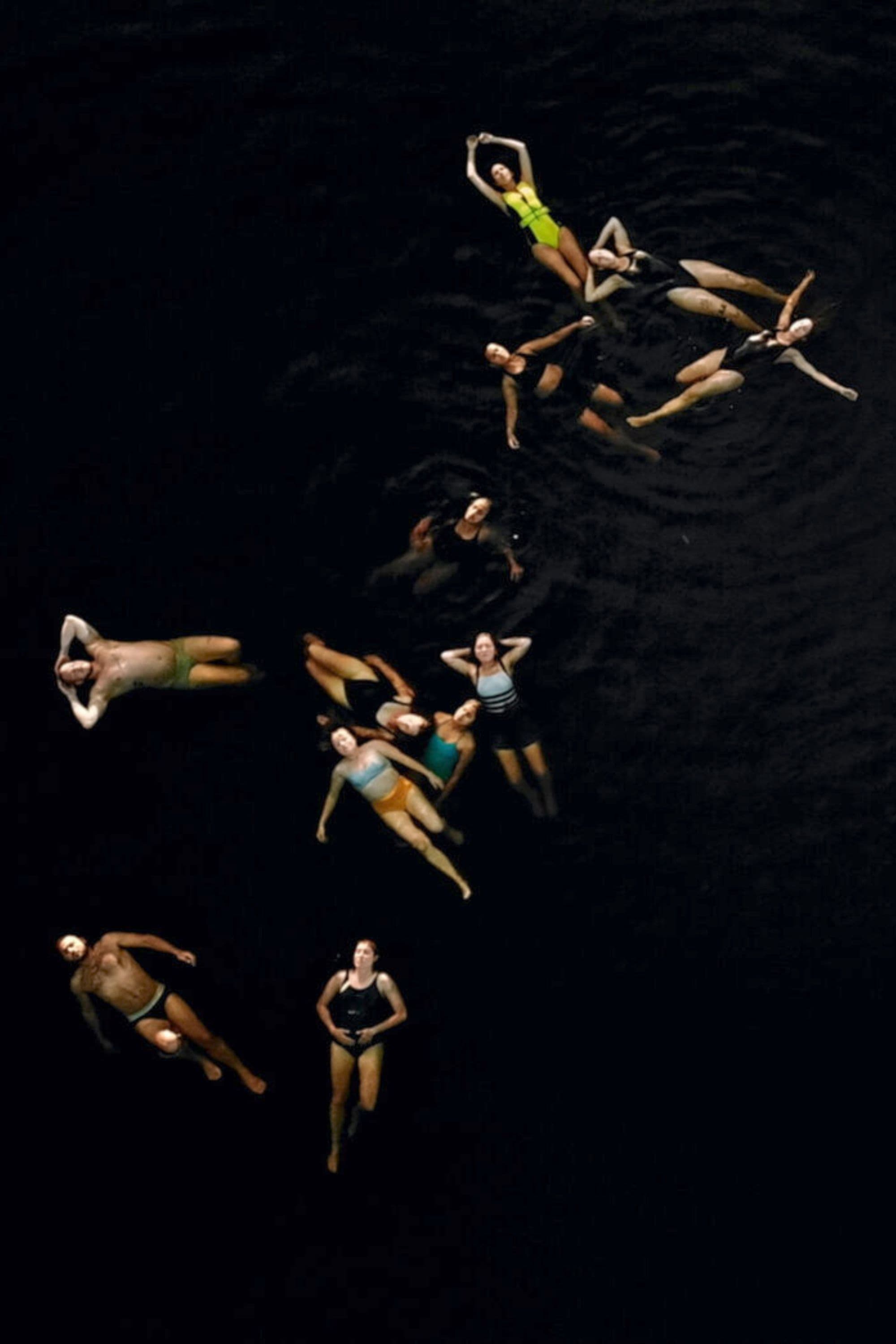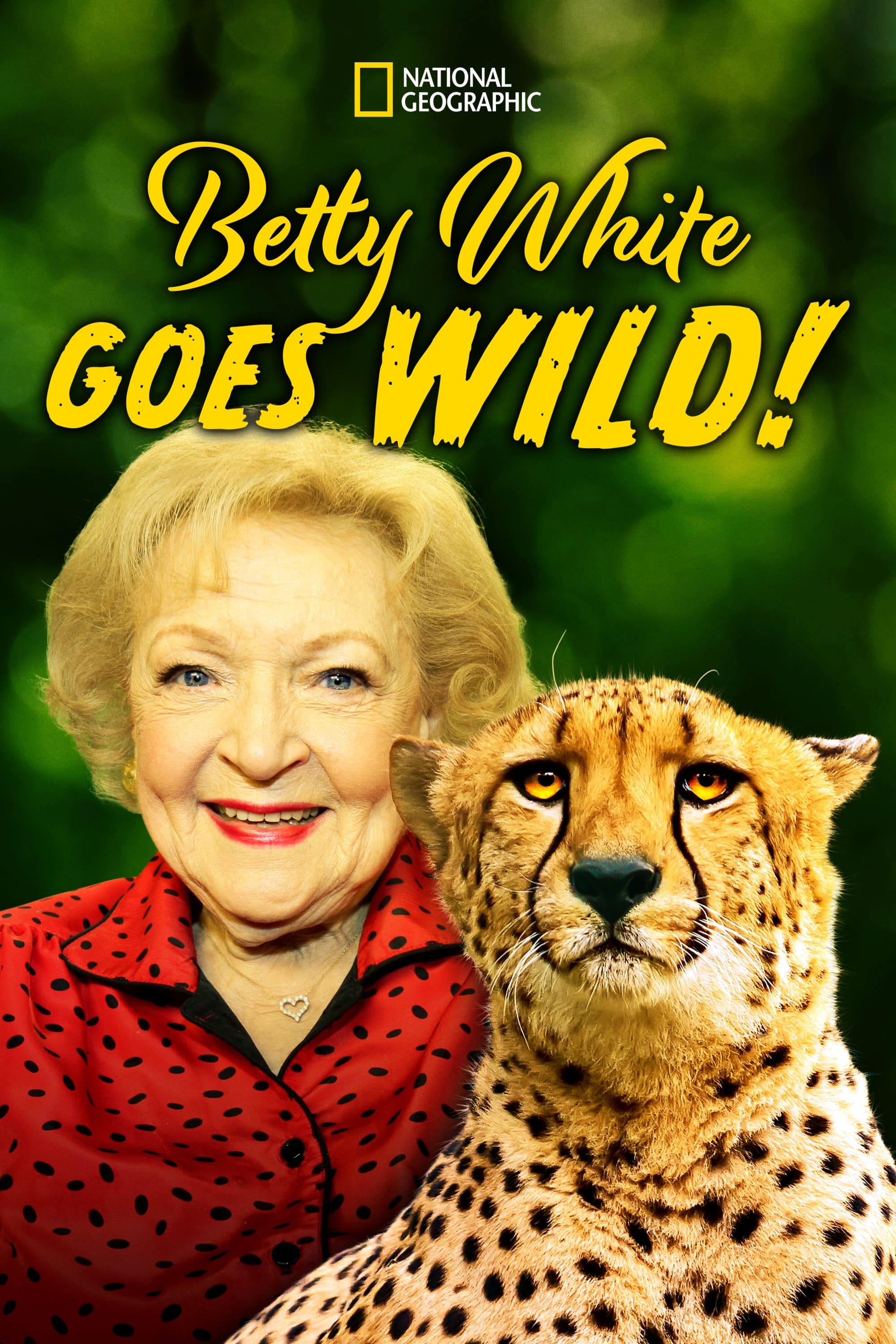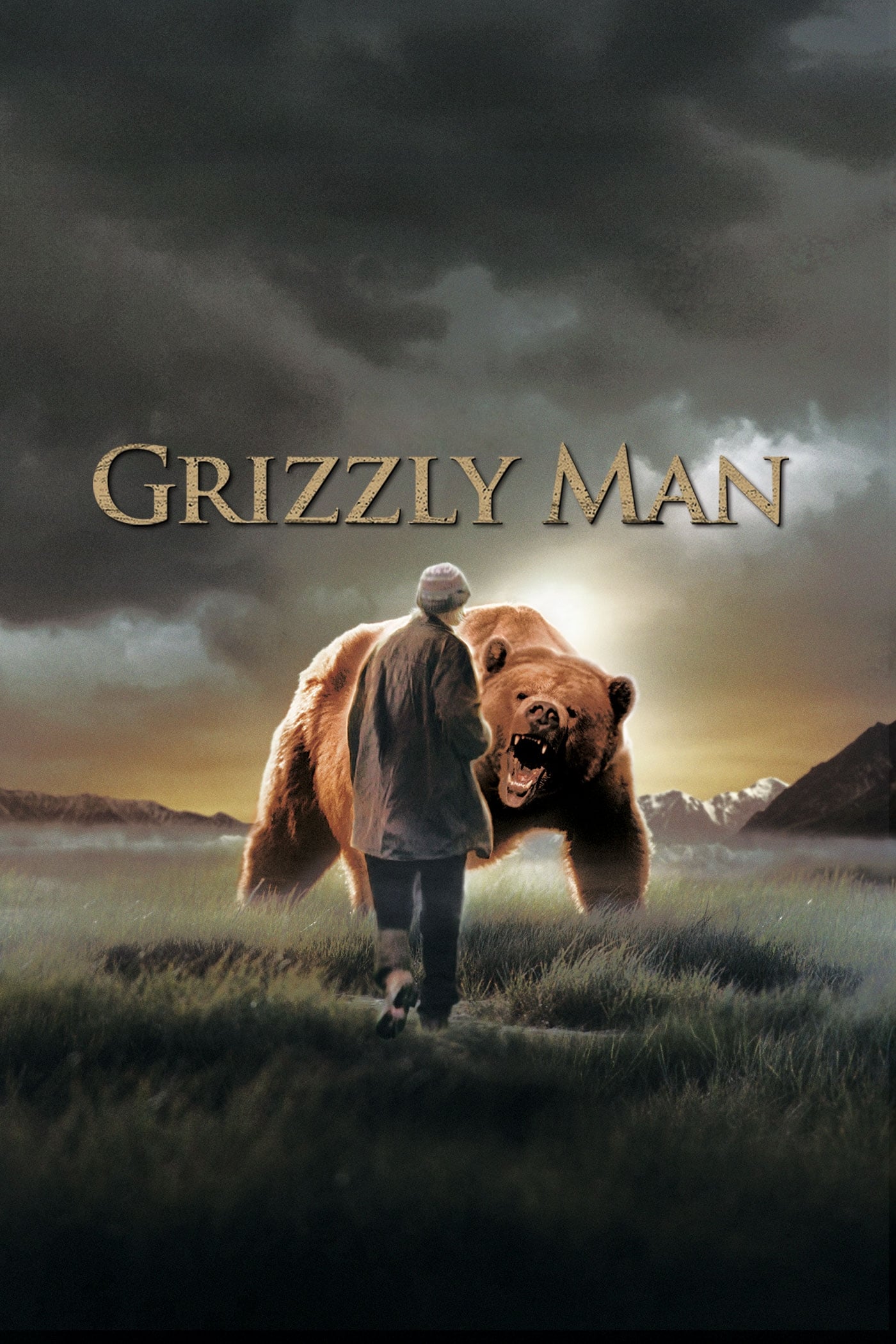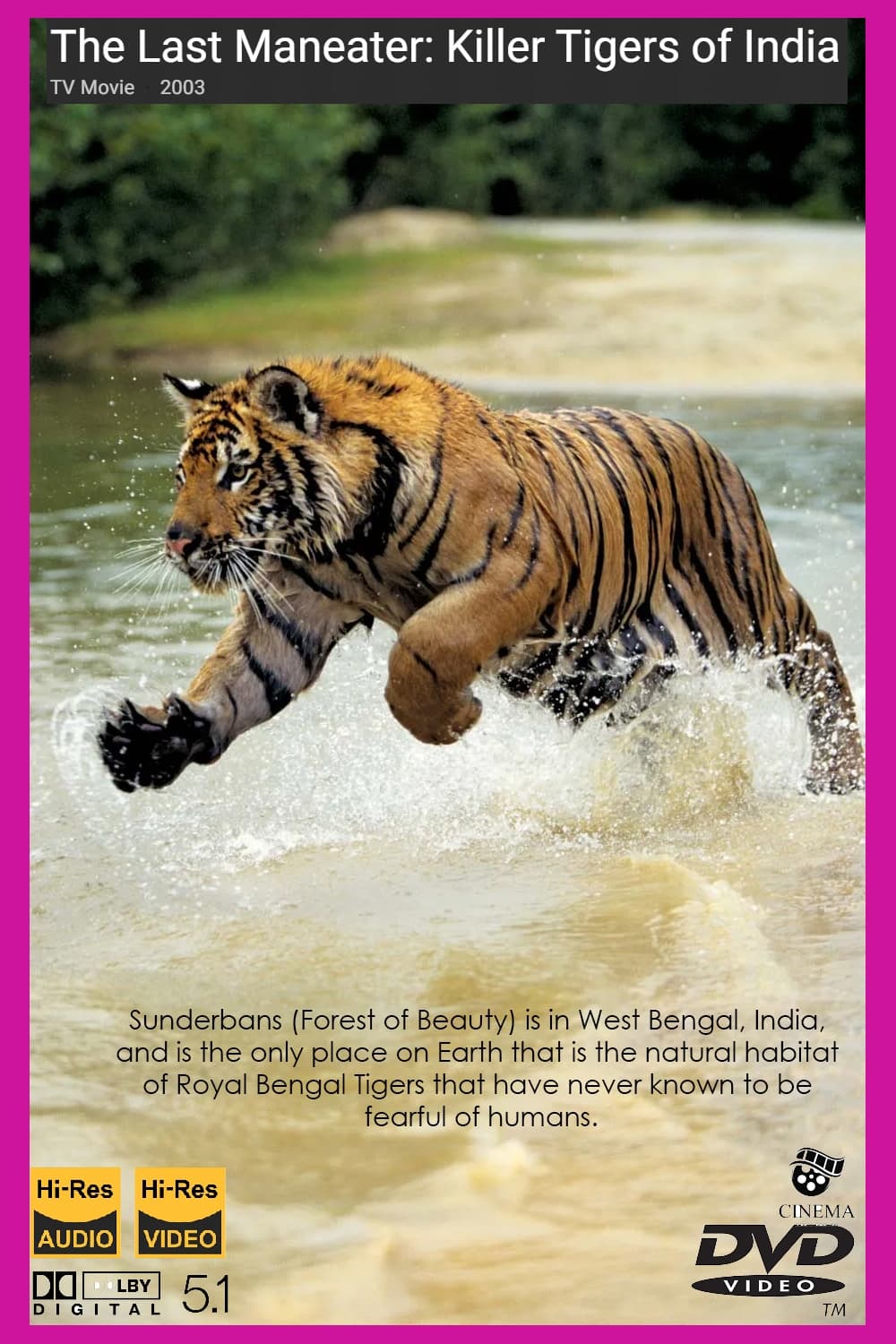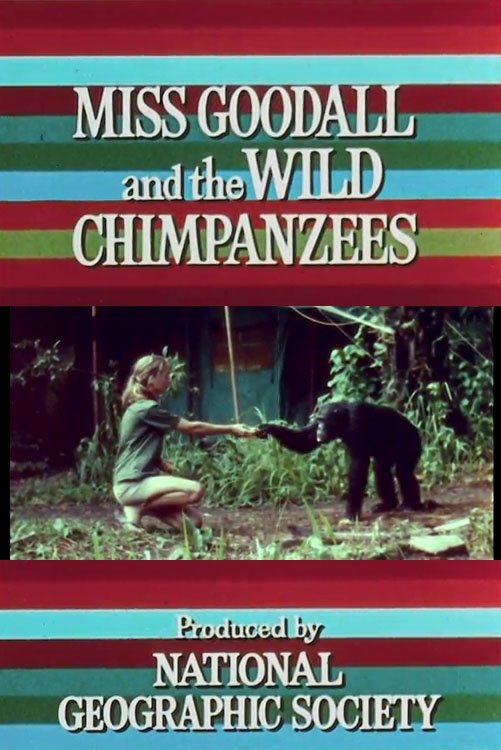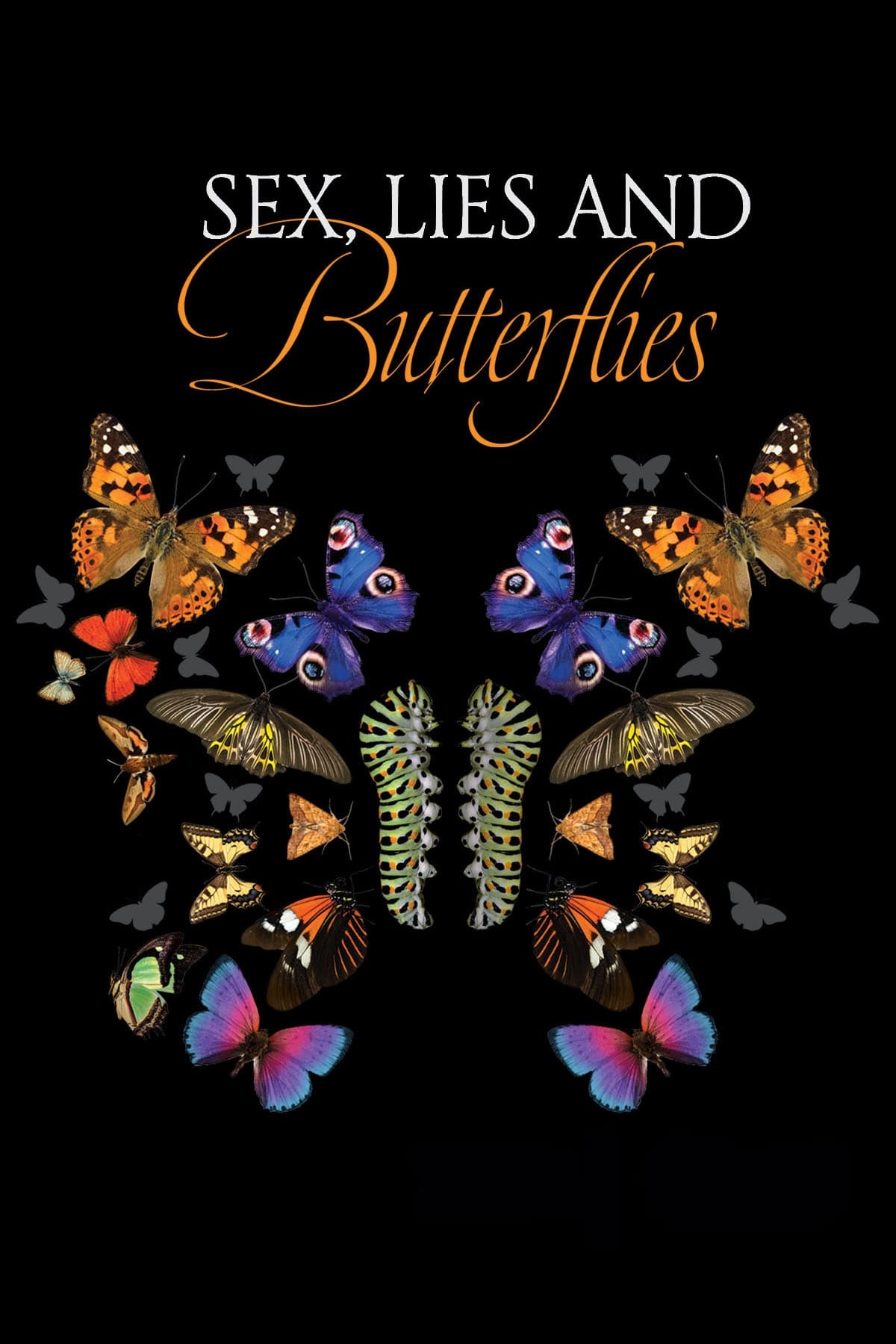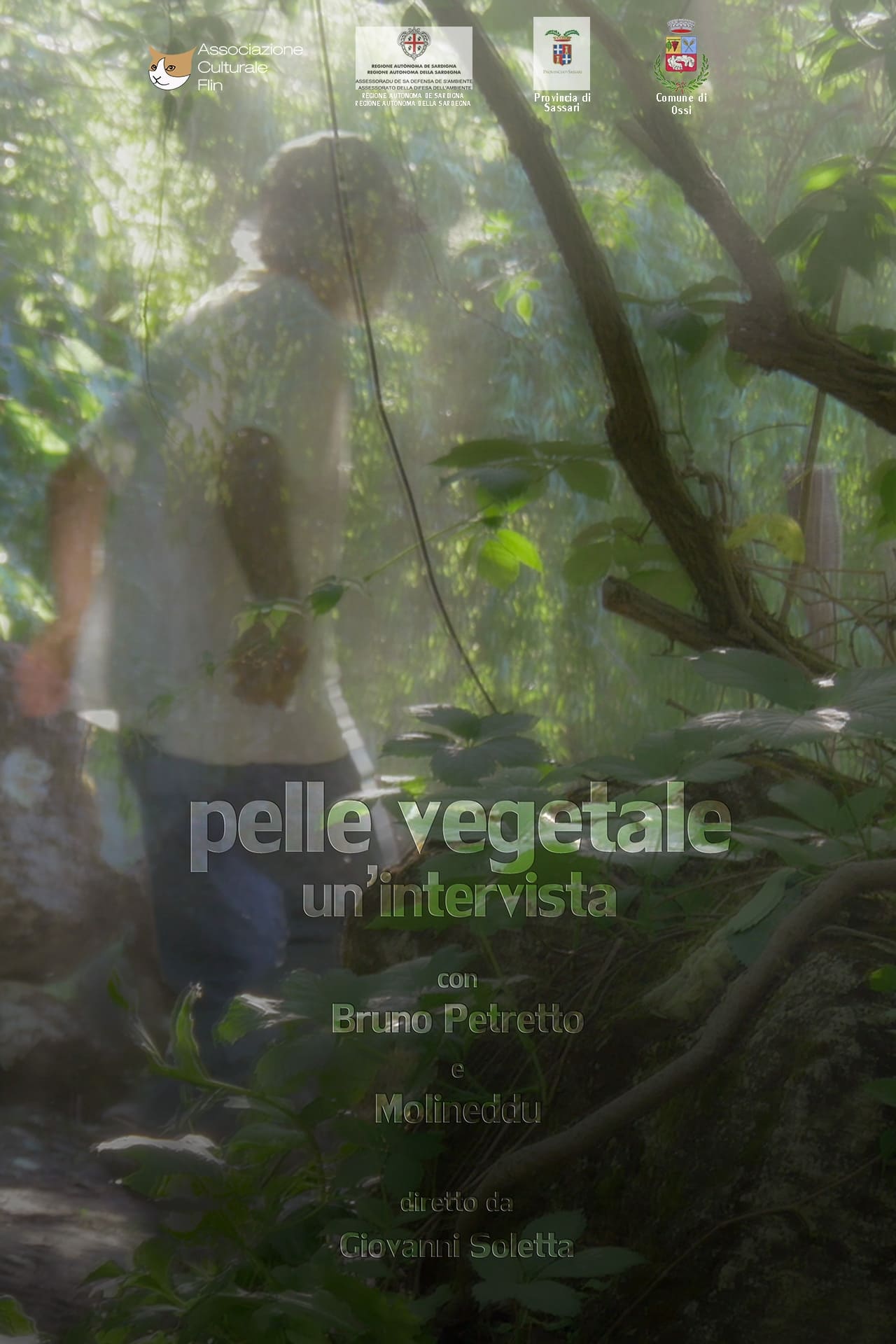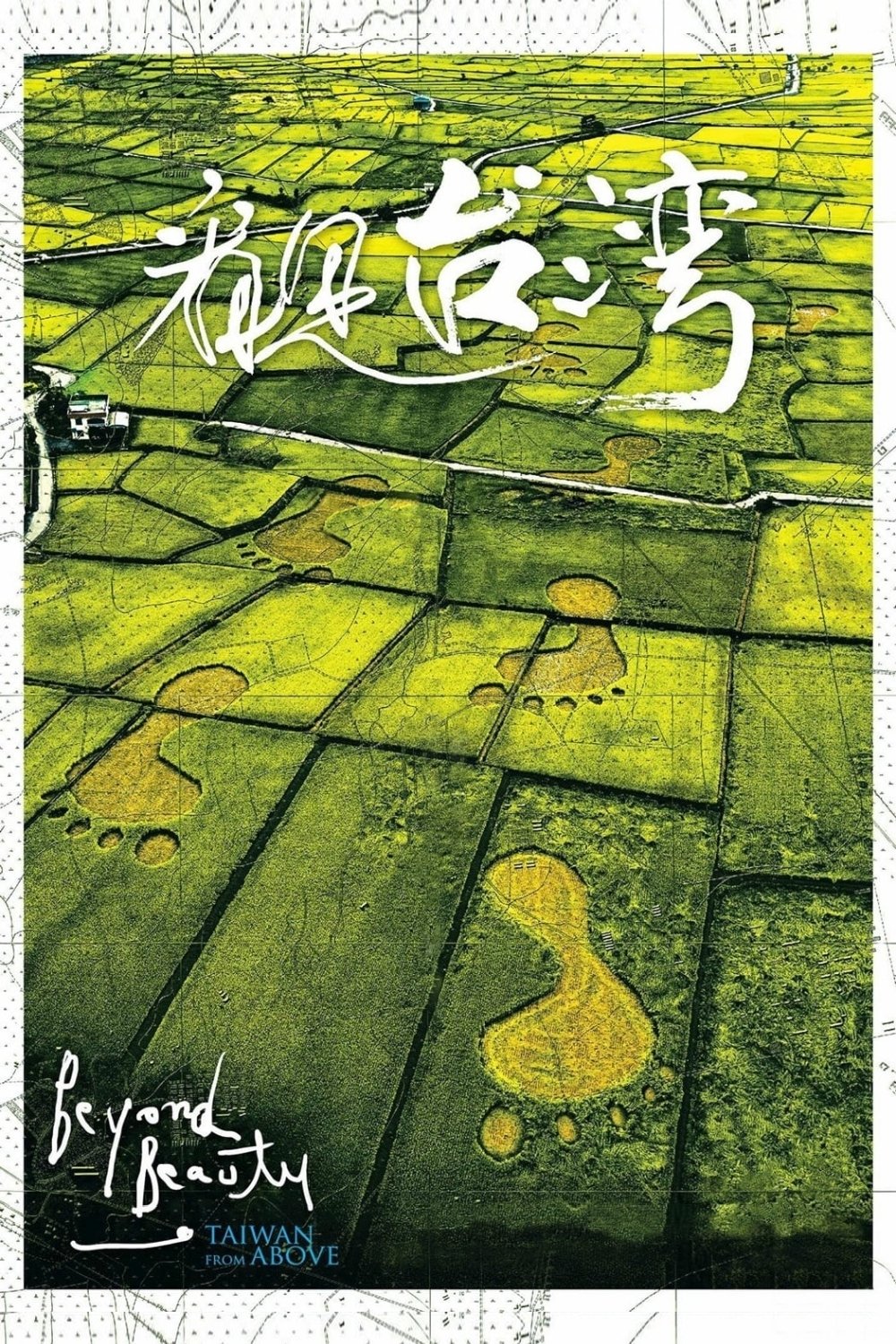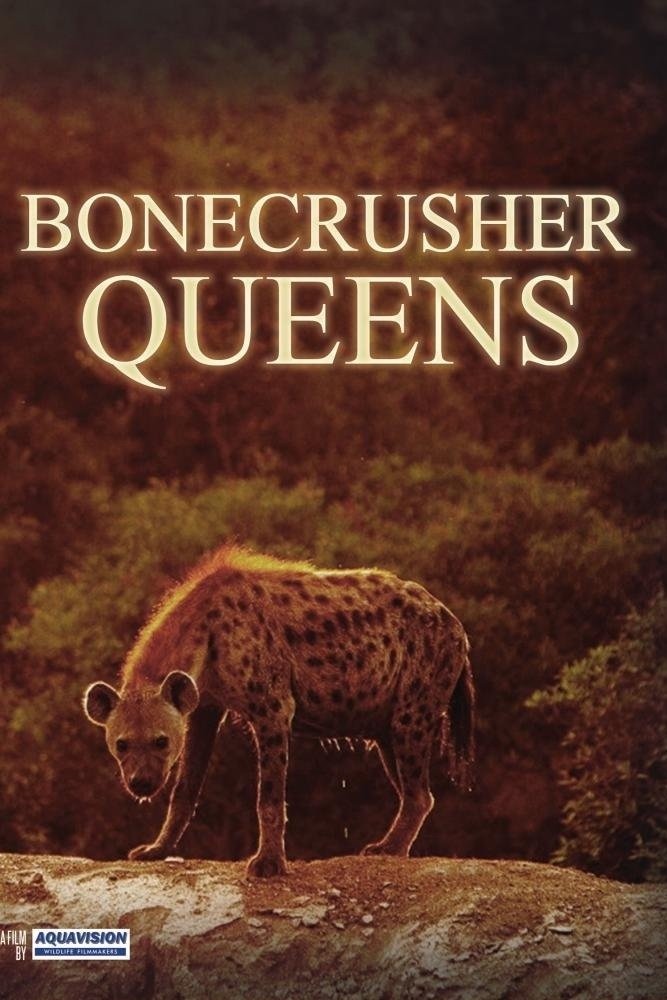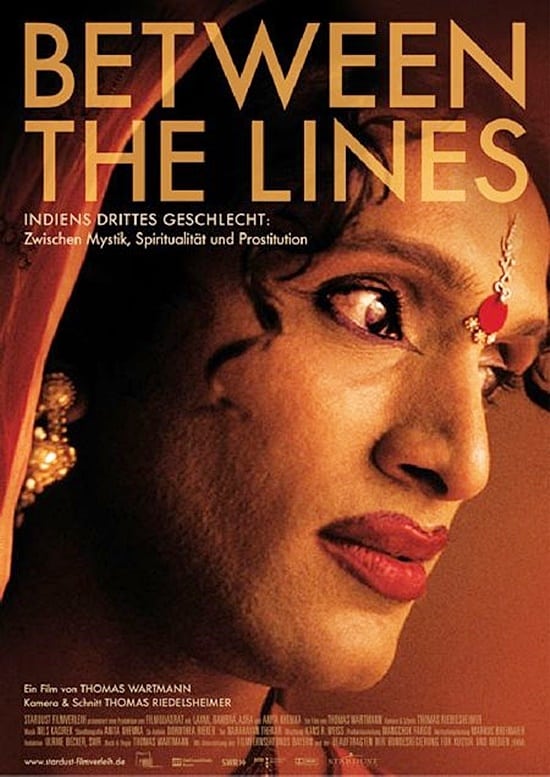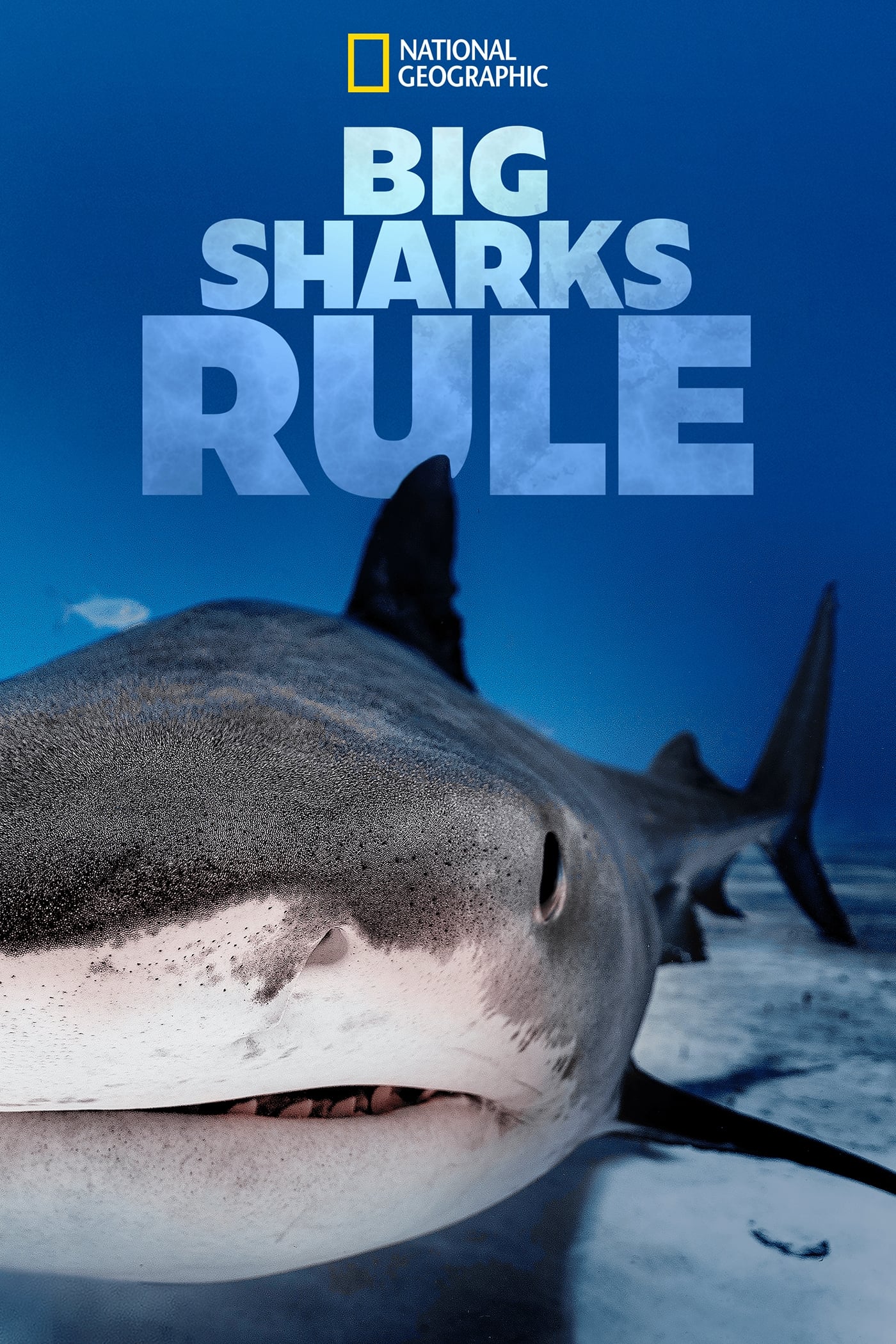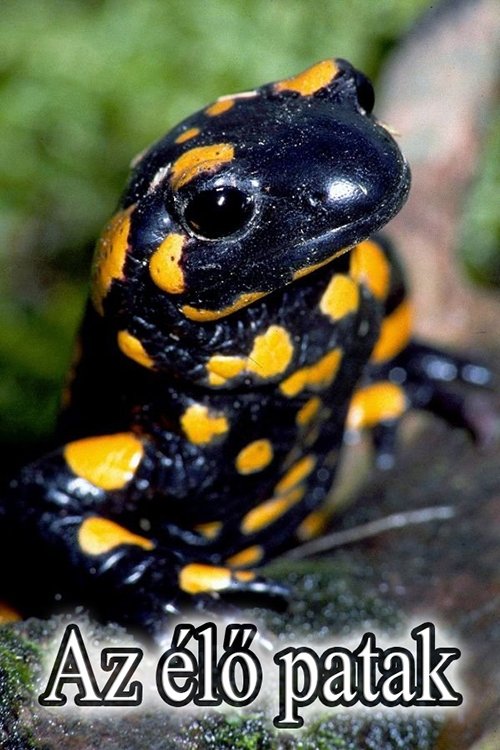
India's Wild Beauty (2014)
Overview
India - unique in its diversity and breathtakingly beautiful. The subcontinent is characterized by scenic, cultural and ethnic diversity. After China, India is the second most populous country in the world. Despite growing space needs, there are efforts to preserve the wilderness through nature reserves and protected areas. So India still provides habitat for rare species such as the Bengal tiger or the Indian elephant. The 5-part series "India's wild beauty" leads to the most spectacular and beautiful regions and their inhabitants. The complete series in five parts: 1 The Thar Desert 2 In the jungle, the Ghats 3 Life on the holy river 4 The Himalayas 5 In the land of Naga
Production Companies
Additional Info
| Budget | $0.00 |
|---|---|
| Revenue | $0.00 |
| Original Language | en |
| Popularity | 0.111 |
Directed By
Crew
TOP CAST
Similar Movies
Lake
Lake gazes down at a still body of water from a birds-eye view, while a group of artists peacefully float in and out of the frame or work to stay at the surface. As they glide farther away and draw closer together, they reach out in collective queer and desirous exchanges — holding hands, drifting over and under their neighbors, making space, taking care of each other with a casual, gentle intimacy while they come together as individual parts of a whole. The video reflects on notions of togetherness and feminist theorist Silvia Federici’s call to “reconnect what capitalism has divided: our relation with nature, with others, and our bodies.”
A Bee's Diary
Bees are one of the most important species on the planet. A look at the trials and tribulations of two particular honeybees over two years from birth to death.
Betty White Goes Wild
Seven-time Emmy Award winner Betty White shares her love for animals and VIP backstage pass to three of America's top zoos and safari parks for a characteristically irreverent, intimate and unique tour of everything big cat.
Smart as a Fox
Smart as a Fox is a 1946 short documentary film supervised by Gordon Hollingshead. In this short film, a fox cub experiences life in the forest. It was nominated for an Oscar for Best Live Action Short, One-Reel.
Entangled
Efforts to protect North Atlantic right whales from extinction, the impacts of those efforts on the lobster industry, and how the National Marine Fisheries Service has struggled to balance the vying interests. There are now believed to be fewer than 400 right whales, making them among the planet’s most endangered species. Between millions of lobster lines and warming waters due to climate change, their population has been plummeting, and their survival is threatened. The federal government is proposing regulations which could reduce lobster lines by half in much of the Gulf of Maine and harm the livelihoods of many lobstermen and has sparked a political backlash. The future of the iconic species hangs in the balance.
Grizzly Man
Werner Herzog's documentary film about the "Grizzly Man" Timothy Treadwell and what the thirteen summers in a National Park in Alaska were like in one man's attempt to protect the grizzly bears. The film is full of unique images and a look into the spirit of a man who sacrificed himself for nature.
The Last Maneater: Killer Tigers of India
Sunderbans (Forest of Beauty) is in West Bengal, India, and is the only place on Earth that is the natural habitat of Royal Bengal Tigers that have never known to be fearful of humans. One tiger has been known to kill three fully grown men, leaving behind orphans and widows who belong to poor tribes, dependent on harvesting wild honey and fishing, in a swampy mangrove region. About 80 people are killed annually by these ferocious beasts with razor-sharp jaws, whose forepaws can shatter bones, and sharp teeth can pierce a skull in one bite. Amidst religious superstitions, the narrator attempts to explain the cause behind their taste for human meat in a region devoid of electricity, roadways, firearms and safe drinking water, and why the villagers continue to live there despite of being stalked and mauled on land and water alike.
The Enchanted Forest of the Pygmy Hippopotamus
One of the most mysterious animals to inhabit the jungle is the pygmy hippopotamus - up to 300 kg in weight, just 2 meters long, and 80 cm tall, and a true loner. Since its discovery in 1844, generations of researchers have attempted to study it in the wild - but in vain. Although it proved possible to catch a few specimens for zoos, no one ever got to see them before they were already inside the trap. They eluded the gaze of the researchers like phantoms under the protection of the enchanted forest. These are the first ever pictures of pygmy hippopotami in their natural surroundings - the rain forest of West Africa. Set amid stories about their habitat, the film allows a first impression of this timid creature's life. While their ten-times heavier relatives are loud and gregarious and live in open stretches of water, the pygmy hippopotamus moves furtively through the thick undergrowth.
Miss Goodall and the Wild Chimpanzees
Jane Goodall has spent five years observing the chimps in Tanzania (formerly Tanganyika), Africa. One of her discoveries is that they use primitive tools. The film shows the life of the chimps. Retrospective note: This documentary features remarkable historical footage of Goodall, her original camp, and the Gombe chimpanzees. It shows the early years of Goodall establishing the site before it went on to become a world-renowned research center.
Sex, Lies and Butterflies
An exploration of the diversity of moths and butterflies from caterpillars to larvae to chrysalis to winged flight. The documentary covers camouflage and other anti-predatory tactics along with uniqueness of different species and amazing feats and colors.
Beyond Beauty: Taiwan from Above
Documenting Taiwan from an aerial perspective offering a glimpse of Taiwan's natural beauty as well as the effect of human activities and urbanization on our environment.
Bonecrusher Queens
On Zambia's Liuwa Plain two star-crossed spotted hyena cubs are born to warring rival clans: Twaambo, a male cub and Nasanta, a female, are destined to lead converging lives as their extreme environment forces them together
Between the Lines: India's Third Gender
Repping best view to date into the world of the Indian eunuch, “Between the Lines: India’s Third Gender” may not answer all the questions it poses, but helmer Thomas Wartmann provides an intimate glimpse at a community whose members are considered pariahs and conduits of supernatural force. Following shutterbug Anita Khemka in her quest to discover why these castrated men fascinate and repel, docu concentrates on three personalities and uses them as guides to their highly stratified world. Under its nautch skirts, film has strong enough legs to step out into international arthouses.
Big Sharks Rule
It’s an ocean of giants. South Africa has a dramatic, rocky coast that’s raked by churning currents. Warm, cold, rich and murky water collide to create "shark central", with enough food to sustain the biggest. Giant sharks like great whites, tiger sharks, bull sharks, ragged tooth sharks, and whale sharks all reign supreme in these waters.
One in a Thousand
Intact ecosystems provide the best defense against climate change! The ecosystem of a small creek is complex and diverse – the shocking reality is that in Central Europe only one in a thousand is still intact, today. What happened to our streams and brooks? What does the future hold? The film ‘One in a Thousand’ portrays the diverse wildlife inside and alongside a stream, explains the importance of this habitat and identifies the sources of its destruction. A blue-chip wildlife film that carries an important message.
Into the Grand Canyon
Two journalists traverse the Grand Canyon by foot, hoping this 750-mile walk will help them better understand one of America's most revered landscapes and the threats poised to alter it forever.
Temples of India
Hindu temples at Benares and Belur and the mythologies associated with them.
The Silent Alps
"The Silent Alps" explores a forgotten massacre that is widely unknown in the modern era, the history of Kea culling in New Zealand
